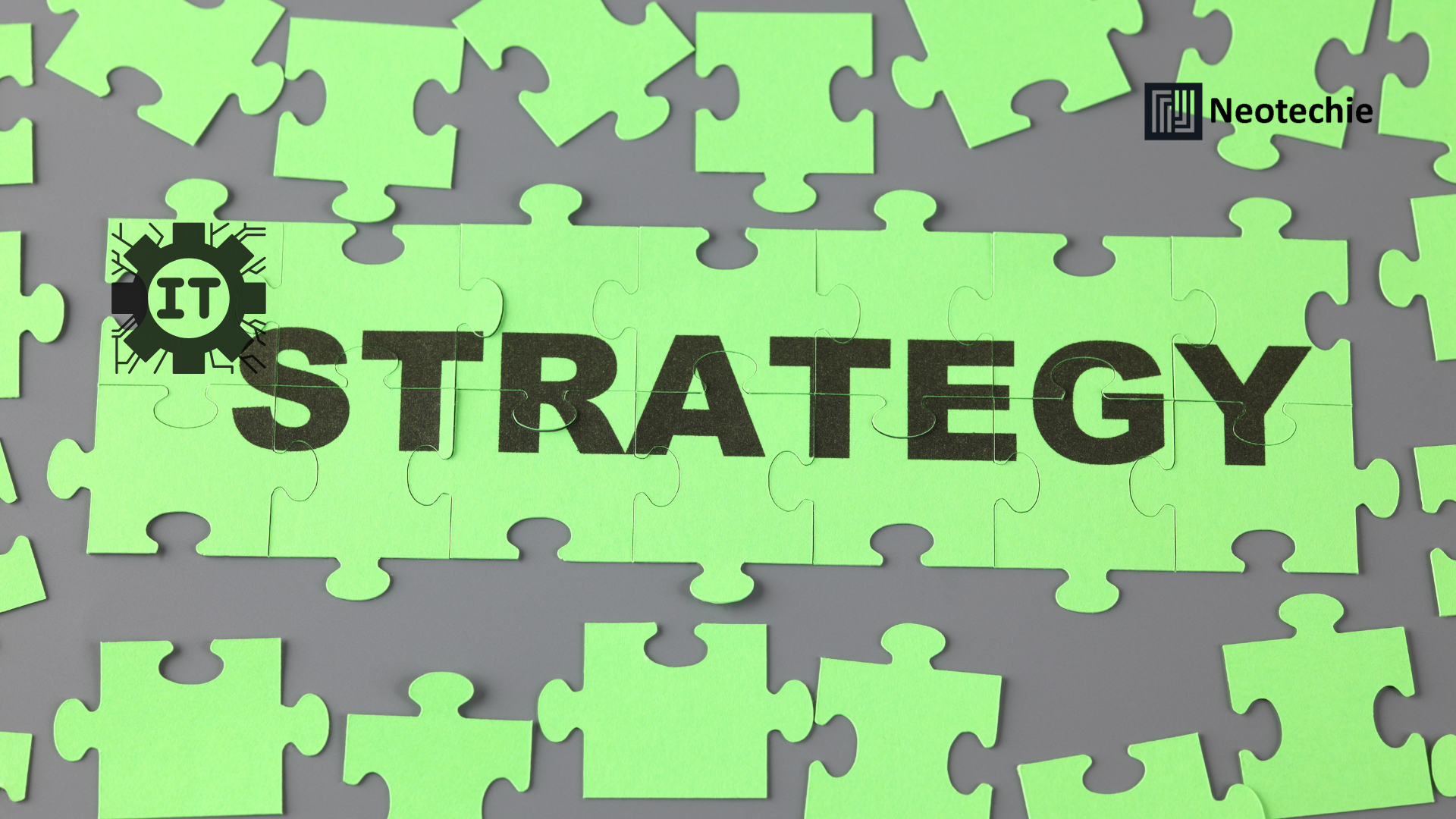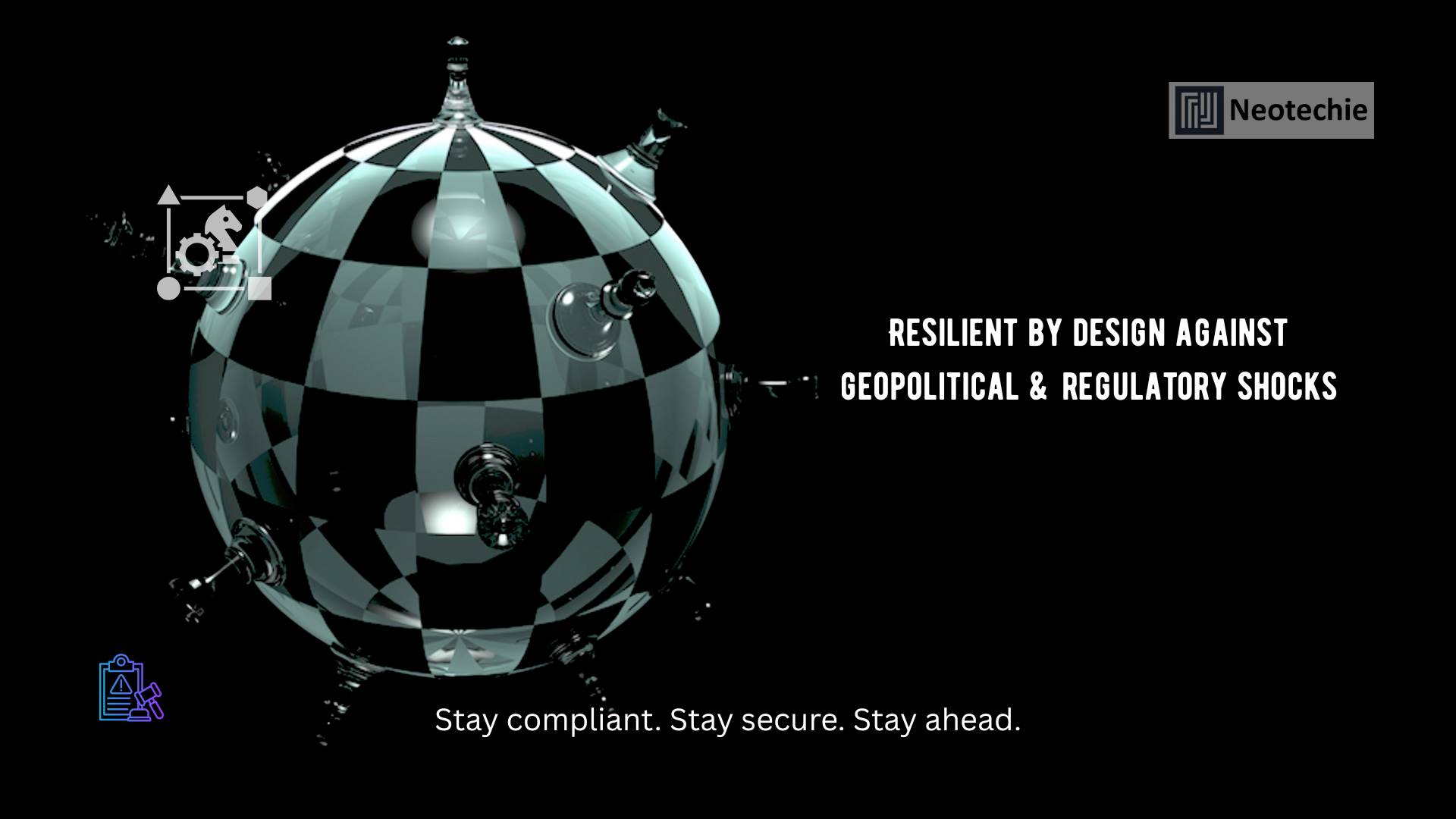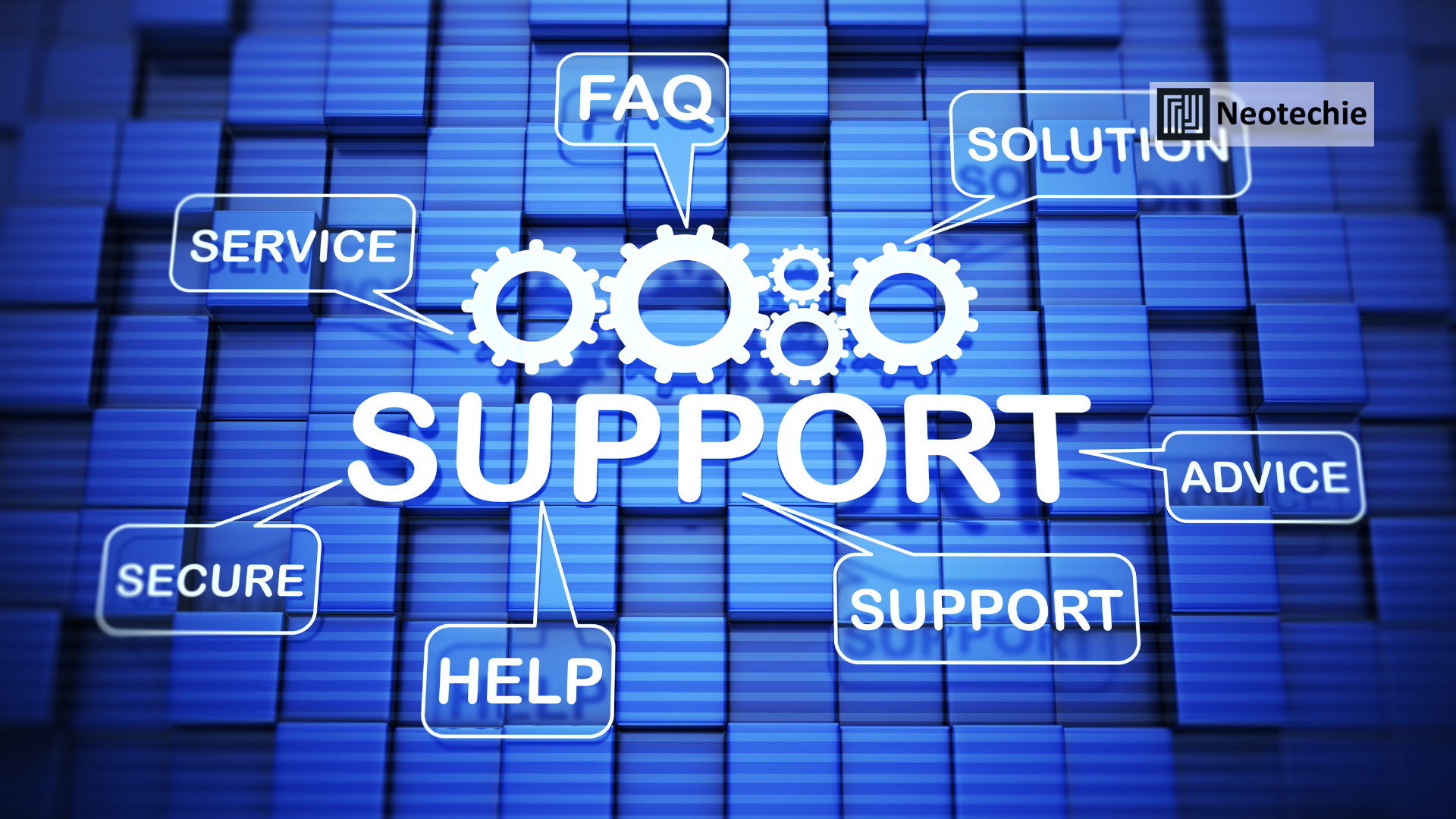What is a Risk-Portfolio Strategy in IT Investments?
A risk-portfolio strategy is a comprehensive, data-driven approach to managing IT investments that balances potential rewards against associated risks. Rather than choosing projects based purely on cost, managerial intuition, or short-term priorities, this strategy evaluates each initiative using probabilistic models to estimate the expected return on investment (ROI) under multiple scenarios. Simultaneously, it assesses exposure to technical, financial, operational, regulatory, and cybersecurity risks. The goal is to build a diversified investment portfolio where resources are allocated efficiently, high-value projects are prioritized, and potential negative impacts are mitigated.
Key elements include:
- Probabilistic ROI Modeling: Developing detailed forecasts for each IT project that account for various conditions, including best-case, worst-case, and most likely scenarios, providing a realistic view of expected benefits.
- Comprehensive Exposure Analysis: Identifying vulnerabilities such as dependency on legacy systems, vendor lock-in, cybersecurity gaps, regulatory compliance risks, and technical debt that could threaten project success.
- Portfolio Diversification: Spreading IT investments across multiple projects with different risk and reward profiles to reduce overall organizational exposure and ensure balance between innovation and stability.
- Scenario-Based Prioritization: Leveraging simulations and predictive analytics to rank projects by expected strategic impact, ROI, and risk exposure, guiding leadership in making informed, objective decisions.
- Continuous Monitoring and Adjustment: Implementing real-time tracking and analytics to revisit assumptions, update risk assessments, and adjust portfolio allocations dynamically in response to changing business needs or external conditions.
Why Risk-Portfolio Strategy Matters for Business Transformation
- Informed Decision-Making:
By combining quantitative ROI models with risk assessments, organizations can move beyond subjective judgments and anecdotal decision-making. This ensures that capital, personnel, and technology are allocated to initiatives most likely to generate measurable business value, aligning IT investment with strategic goals. - Balancing Innovation with Stability:
Businesses often face the challenge of innovating rapidly while maintaining operational stability. Risk-portfolio strategy allows for a calculated approach where high-risk, high-reward innovation projects are balanced with stable, essential IT initiatives. This reduces the likelihood of project failures causing operational disruptions. - Optimizing Resource Allocation:
Efficient allocation of budget, human resources, and technology is achieved by understanding both expected returns and associated risks. Projects with low ROI or high exposure can be deprioritized or redesigned, ensuring resources are invested where they generate the most value. - Proactive Risk Mitigation:
By analyzing potential failure modes, businesses can implement safeguards in advance, such as backup systems, redundancy measures, or alternative technology vendors. This reduces the impact of unforeseen issues, protecting both operations and finances. - Enhanced Strategic Agility:
Continuous monitoring and scenario analysis allow organizations to adapt IT investment priorities in real time. Whether responding to market shifts, regulatory changes, emerging technology, or competitor actions, a risk-portfolio strategy ensures IT investments remain aligned with dynamic business objectives.
How Businesses Implement Risk-Portfolio Strategy
- Define Metrics and Risk Parameters:
Start by establishing key performance indicators (KPIs) and risk factors critical to IT success. Metrics may include projected ROI, strategic alignment, scalability, cybersecurity posture, compliance impact, and operational resilience. - Develop Probabilistic Models:
Use predictive analytics, Monte Carlo simulations, and scenario planning to model potential outcomes for each IT initiative under different conditions. These models provide a range of likely results, helping leaders understand both upside potential and downside risks. - Evaluate and Rank Projects:
Combine ROI projections with risk exposure analysis to create a prioritized list of initiatives. Projects with high expected value and acceptable risk levels are elevated, while high-risk, low-return projects are reconsidered or deferred. - Allocate Resources Strategically:
Distribute budget, talent, and technological resources according to the prioritization framework. Ensure diversification across project types, such as innovation-driven, infrastructure-focused, and compliance-related initiatives, to balance the overall portfolio. - Continuous Monitoring and Portfolio Adjustment:
Implement dashboards, reporting tools, and analytics to track project performance, update risk assessments, and adapt resource allocations dynamically. This ensures that IT investments continuously align with evolving business strategies and market conditions. - Integrate Governance and Compliance Checks:
Embed risk management and regulatory compliance within the investment framework. Conduct periodic audits and ensure each project aligns with internal policies, industry standards, and legal requirements. - Stakeholder Engagement and Communication:
Engage business leaders, IT managers, and external stakeholders regularly to ensure alignment, share insights from risk-portfolio modeling, and make collective, informed decisions on investment priorities.
How Neotechie Helps
Neotechie provides end-to-end support in implementing risk-portfolio strategies for IT investments:
- Comprehensive Risk Assessment: Identify and quantify technical, operational, financial, and regulatory risks associated with each IT project.
- Probabilistic ROI Modeling: Build advanced predictive models that simulate multiple outcomes and provide actionable insights into expected project performance.
- Portfolio Optimization: Prioritize IT initiatives based on risk-adjusted ROI, strategic relevance, and resource requirements, ensuring investments deliver maximum value.
- Dynamic Monitoring and Adjustment: Deploy dashboards, analytics, and reporting systems for real-time tracking of project performance and proactive portfolio adjustments.
- Strategic Advisory: Guide decision-makers in balancing innovation and stability, mitigating risks, and aligning IT investments with long-term business transformation goals.
Driving Business Transformation with Risk-Portfolio IT Strategy
Implementing a risk-portfolio strategy transforms IT investment from reactive allocation to proactive, strategic planning. Organizations achieve informed, data-driven decisions, optimized resource utilization, and enhanced resilience against failures. By continuously monitoring performance and adjusting priorities dynamically, businesses maintain alignment with evolving objectives, market conditions, and emerging technologies.
Partnering with Neotechie ensures that the risk-portfolio approach is actionable, robust, and tailored to organizational needs. Through predictive modeling, scenario analysis, and continuous oversight, businesses gain a structured framework to manage IT investments efficiently, reduce exposure to risk, and drive sustainable transformation. Ultimately, this strategy positions IT as a key driver of competitive advantage, enabling organizations to innovate confidently, operate efficiently, and achieve long-term growth in a rapidly evolving digital landscape.










